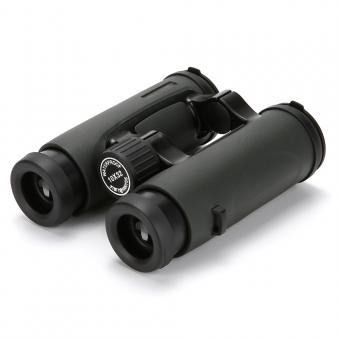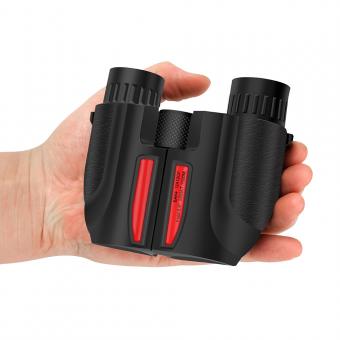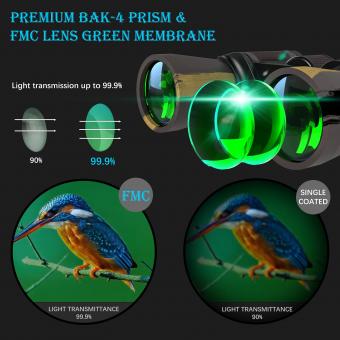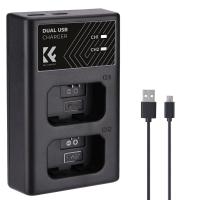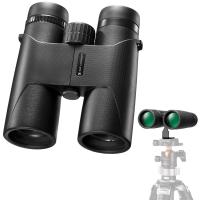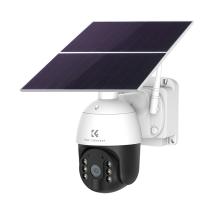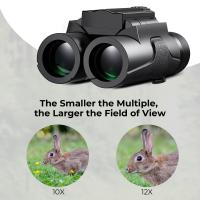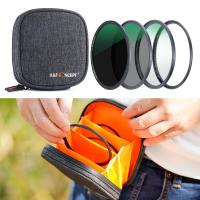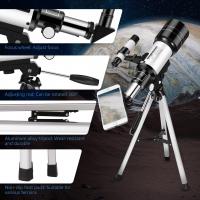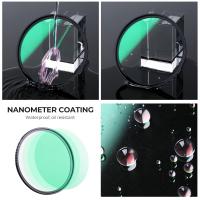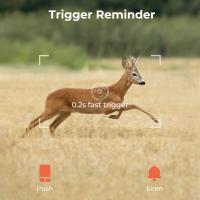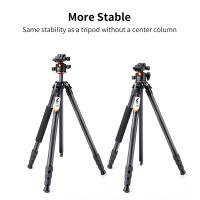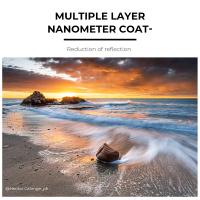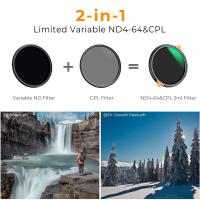What Does Field Of View Mean In Binoculars ?
Field of view in binoculars refers to the extent of the observable area that can be seen through the binoculars at a specific distance. It is typically measured in degrees and represents the width of the scene that can be viewed without moving the binoculars. A wider field of view means that a larger area can be seen, while a narrower field of view limits the observable area. The field of view is influenced by various factors, including the design and magnification of the binoculars. Higher magnification often results in a narrower field of view, while lower magnification provides a wider field of view. It is an important consideration when choosing binoculars, as a wider field of view can be advantageous for activities such as birdwatching or sports events, where a larger area needs to be observed.
1、 Angular Field of View: The extent of the observable area.
Field of view in binoculars refers to the extent of the observable area that can be seen through the lenses. It is typically measured in degrees and represents the width of the scene that can be viewed at a given distance. A wider field of view allows for a larger area to be seen, while a narrower field of view limits the observable area.
The angular field of view is determined by the design and specifications of the binoculars. It is influenced by factors such as the magnification power, lens diameter, and the optical system used. Higher magnification binoculars tend to have a narrower field of view, as they zoom in on a smaller portion of the scene. On the other hand, lower magnification binoculars offer a wider field of view, allowing for a broader perspective.
Having a wider field of view can be advantageous in various situations. It allows for easier tracking of moving objects, such as birds or wildlife, as they can be followed without constantly readjusting the binoculars. It also provides a more immersive experience when observing landscapes or large areas, as more details can be captured in a single glance.
However, it is important to note that a wider field of view may come at the expense of image quality. Some binoculars sacrifice image sharpness and clarity at the edges of the field of view in order to achieve a wider perspective. Therefore, it is crucial to find a balance between a wide field of view and good optical performance.
In recent years, advancements in optical technology have allowed for the development of binoculars with wider fields of view without compromising image quality. Manufacturers have been able to improve the optical design and lens coatings to provide a clear and sharp view across the entire field of view. This has enhanced the overall viewing experience for users, making it easier to observe and appreciate the surrounding environment.
In conclusion, the field of view in binoculars refers to the observable area that can be seen through the lenses. A wider field of view offers a larger perspective, while a narrower field of view limits the observable area. The angular field of view is influenced by factors such as magnification power and lens diameter. Advancements in optical technology have allowed for wider fields of view without compromising image quality, enhancing the overall viewing experience.
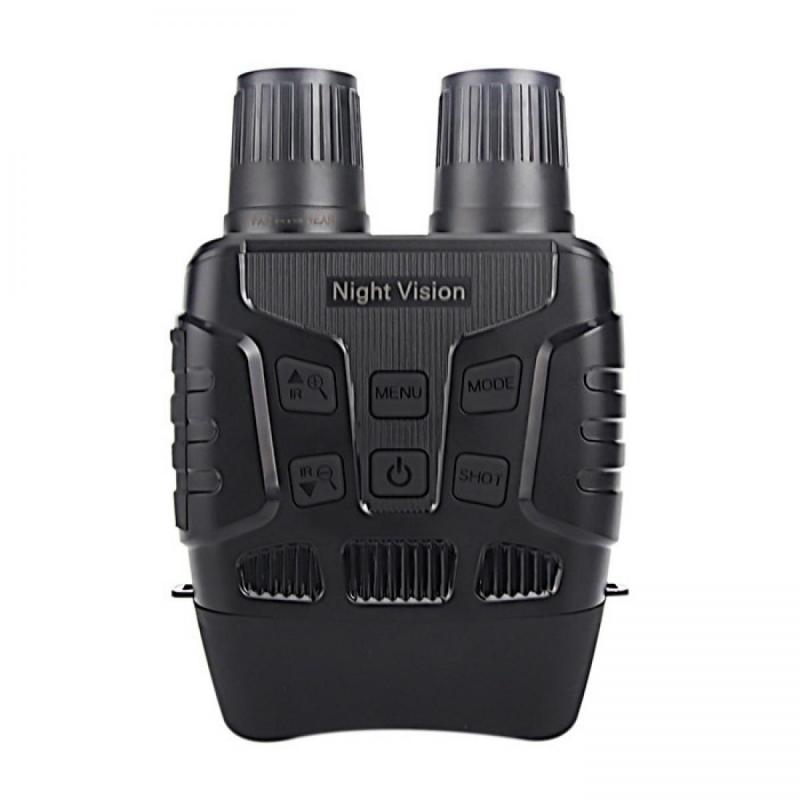
2、 Apparent Field of View: The perceived width of the view.
Field of view in binoculars refers to the extent of the observable area that can be seen through the lenses. It is typically measured in degrees and represents the width of the view from one side to the other. A wider field of view allows for a larger area to be seen, while a narrower field of view restricts the observable area.
The field of view is influenced by various factors, including the design and specifications of the binoculars. One important aspect to consider is the apparent field of view. This refers to the perceived width of the view when looking through the binoculars. It is often smaller than the actual field of view due to the presence of the eyepiece design and other optical elements.
The apparent field of view can vary among different binocular models. It is typically mentioned in the specifications provided by the manufacturer. A wider apparent field of view provides a more immersive and panoramic view, making it easier to track moving objects or observe a larger area at once. On the other hand, a narrower apparent field of view may result in a more magnified and detailed view, but with a smaller observable area.
It is important to note that the field of view can also be affected by the magnification power of the binoculars. Higher magnification often results in a narrower field of view, as the image is more zoomed in. Lower magnification, on the other hand, provides a wider field of view, allowing for a larger area to be observed.
In recent years, there have been advancements in binocular technology that have led to improvements in the field of view. Some manufacturers have introduced wider apparent fields of view, providing users with a more immersive viewing experience. These advancements have been well-received by outdoor enthusiasts, birdwatchers, and astronomers, as they allow for a more comprehensive observation of the surrounding environment.
In conclusion, the field of view in binoculars refers to the observable area that can be seen through the lenses. The apparent field of view represents the perceived width of the view and can vary among different binocular models. A wider apparent field of view provides a more immersive experience, while a narrower field of view may offer more magnification and detail. Advancements in binocular technology have led to improvements in the field of view, enhancing the overall viewing experience for users.
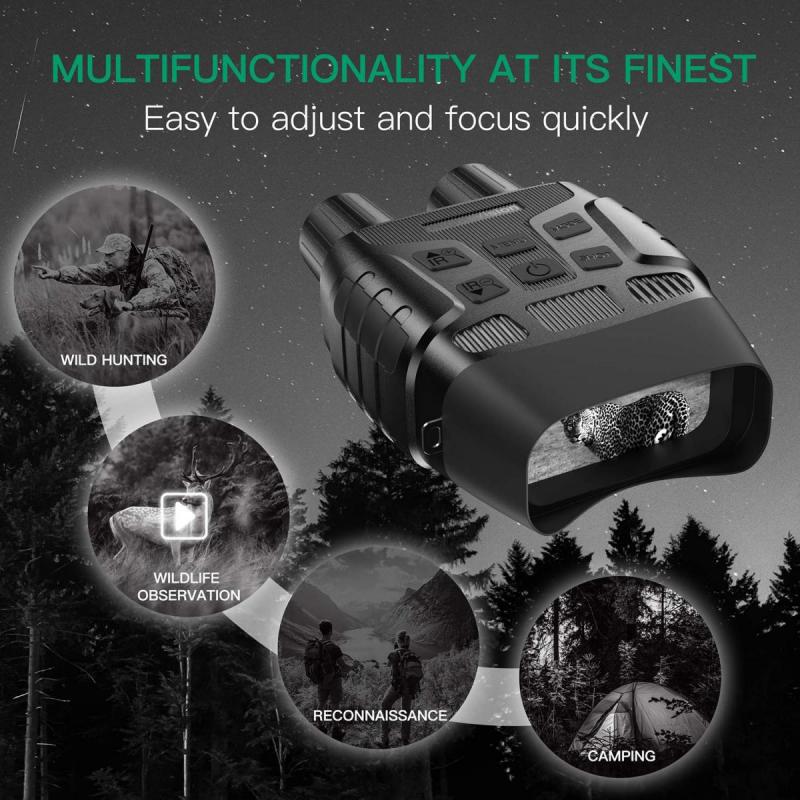
3、 Actual Field of View: The true width of the view.
Field of view in binoculars refers to the extent of the observable area that can be seen through the lenses. It is typically measured in degrees and represents the width of the view from one side to the other. The field of view is an important specification to consider when choosing binoculars as it determines how much of the surrounding scene can be captured and observed.
The actual field of view is the true width of the view that can be seen through the binoculars. It is the measurement of the area that is visible without moving the binoculars. A wider field of view allows for a larger portion of the scene to be seen at once, making it easier to track moving objects or observe a broader area.
The actual field of view can vary depending on the magnification power of the binoculars. Higher magnification binoculars tend to have a narrower field of view, while lower magnification binoculars offer a wider field of view. This is because higher magnification lenses zoom in on a smaller portion of the scene, resulting in a narrower field of view.
It is important to note that the actual field of view can also be affected by the design and quality of the binoculars. Some binoculars may have a wider field of view due to advanced lens coatings or prism systems that enhance the clarity and brightness of the image.
In conclusion, the field of view in binoculars refers to the observable area that can be seen through the lenses. The actual field of view represents the true width of the view and is an important consideration when choosing binoculars.
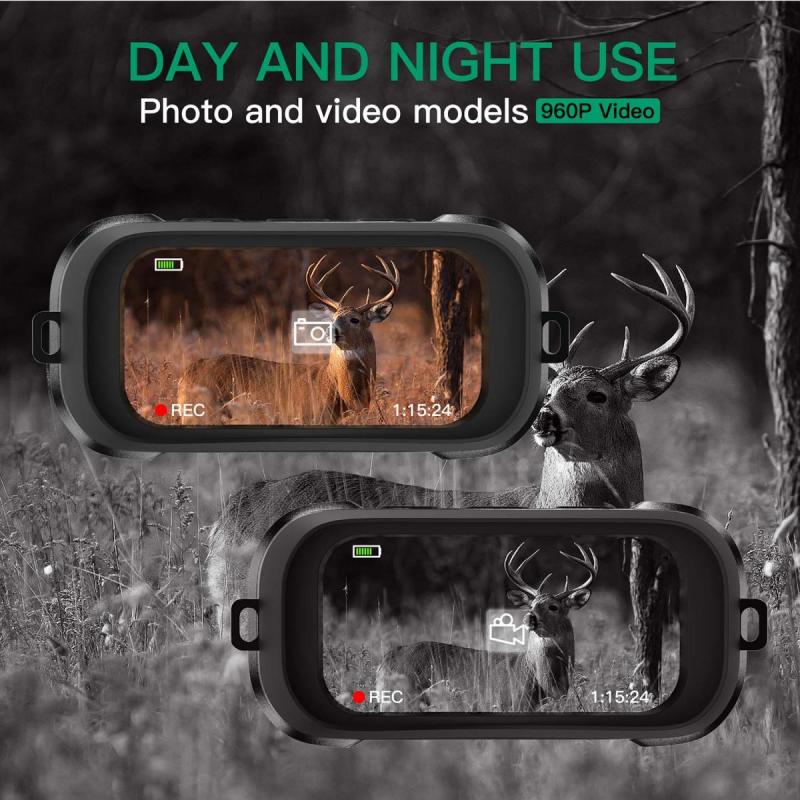
4、 Exit Pupil: The diameter of the light beam exiting the eyepiece.
Field of view refers to the extent of the observable area that can be seen through binoculars. It is typically measured in degrees and represents the width of the scene that can be viewed at a specific distance. A wider field of view allows for a larger area to be seen, while a narrower field of view limits the observable area.
In binoculars, the field of view is determined by various factors, including the design of the optics and the magnification power. Higher magnification binoculars tend to have a narrower field of view, as the increased magnification zooms in on a smaller portion of the scene. On the other hand, lower magnification binoculars offer a wider field of view, allowing for a broader perspective.
The field of view is an important consideration when choosing binoculars, especially for activities such as birdwatching, wildlife observation, or sports events. A wider field of view enables users to easily track moving objects or scan large areas without constantly readjusting the binoculars. It provides a more immersive experience, allowing for a greater sense of depth and context.
Exit Pupil is another important factor to consider when discussing binoculars. It refers to the diameter of the light beam that exits the eyepiece. The exit pupil size is determined by dividing the objective lens diameter by the magnification power. A larger exit pupil allows more light to enter the eye, resulting in a brighter image, especially in low-light conditions. However, the size of the exit pupil is limited by the human eye's pupil size, which typically ranges from 2-7mm depending on lighting conditions and age.
In summary, the field of view in binoculars refers to the observable area that can be seen through the lenses. It is influenced by factors such as magnification power and optical design. A wider field of view provides a broader perspective, while a narrower field of view allows for more detailed observations. The exit pupil, on the other hand, determines the brightness of the image and is influenced by the objective lens diameter and magnification power. Both the field of view and exit pupil are important considerations when selecting binoculars for specific activities or preferences.






